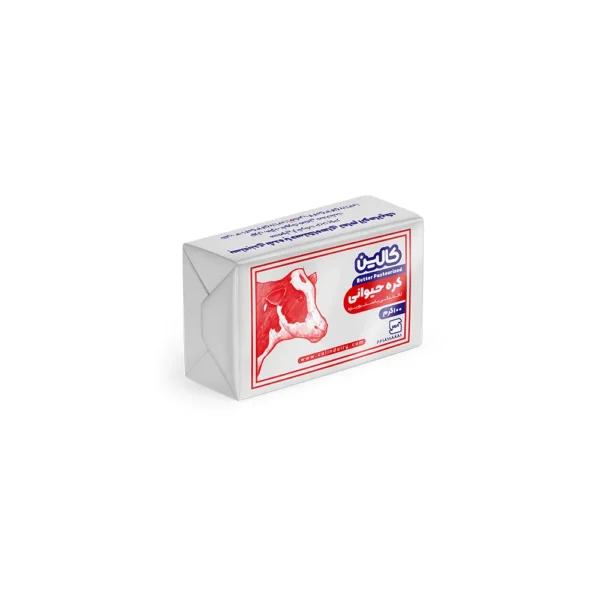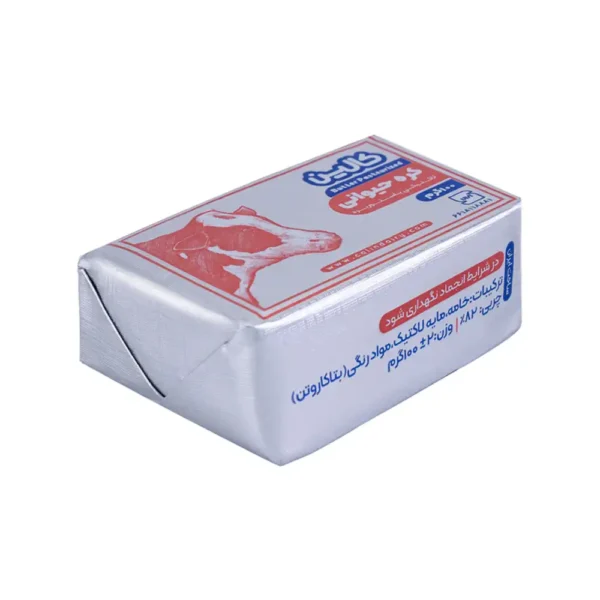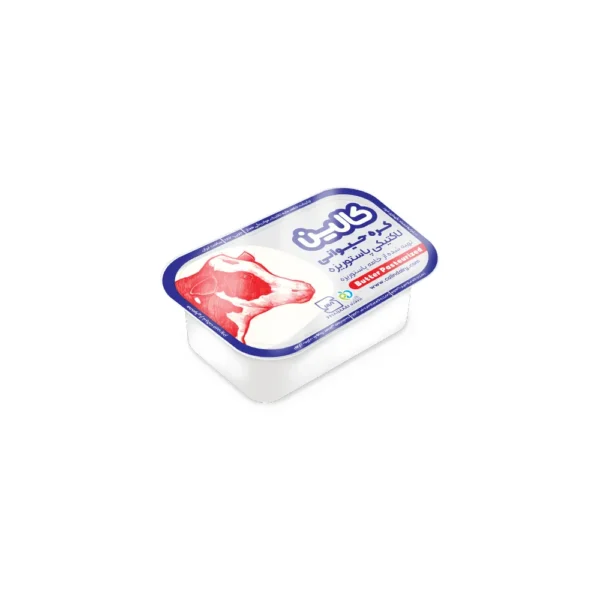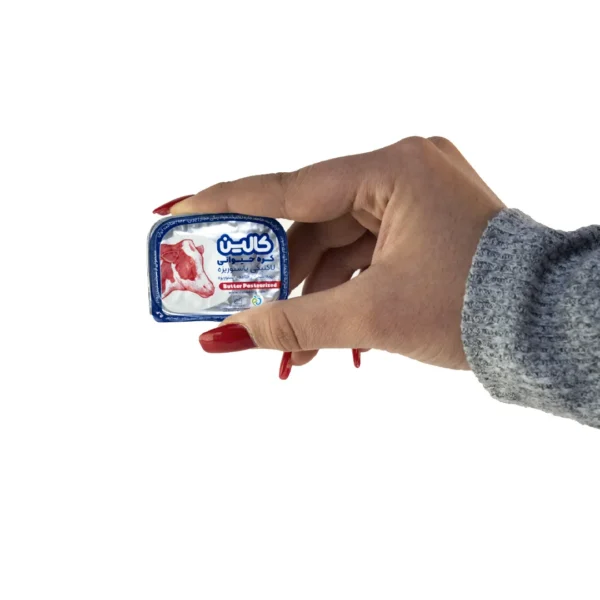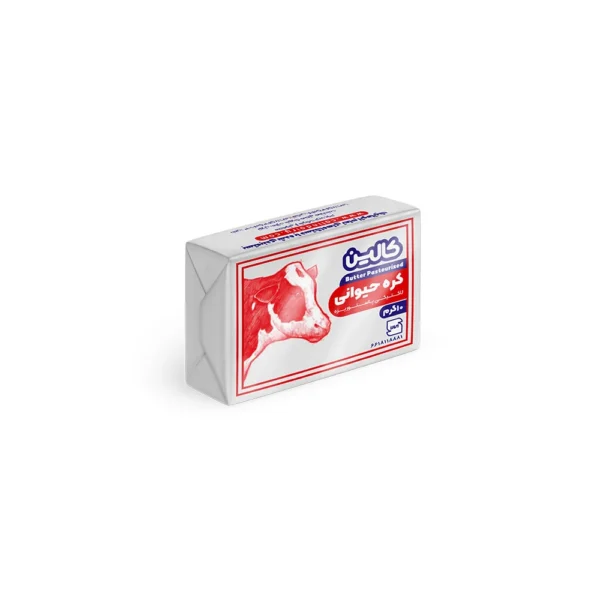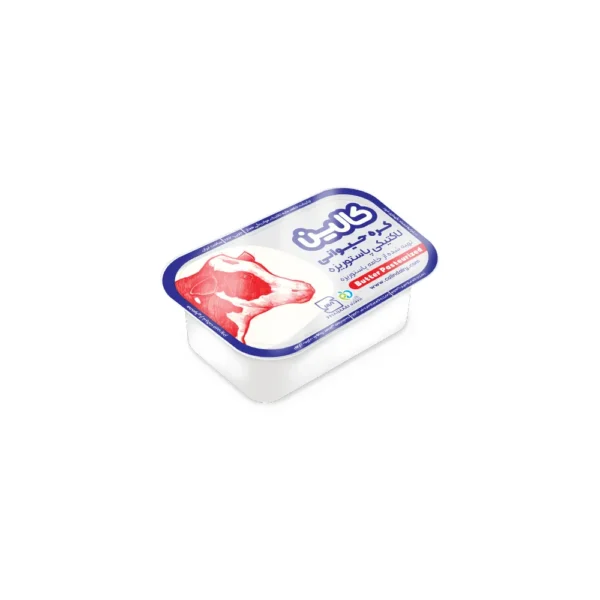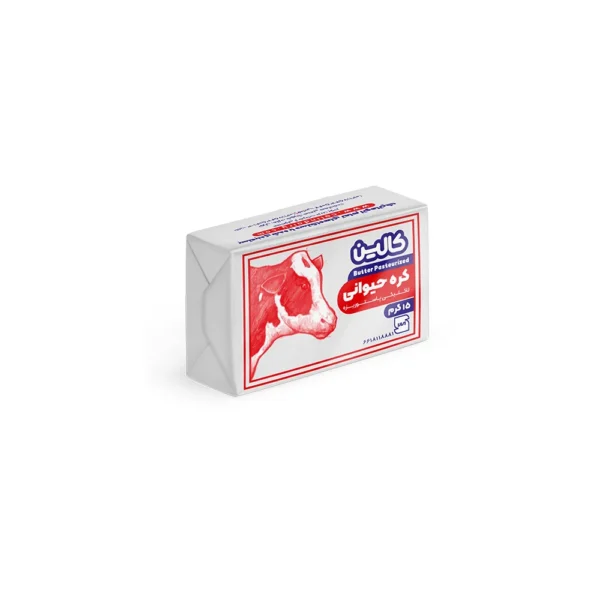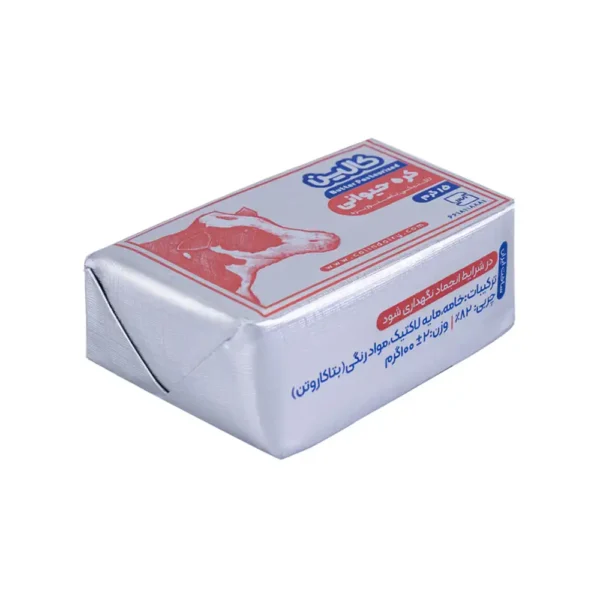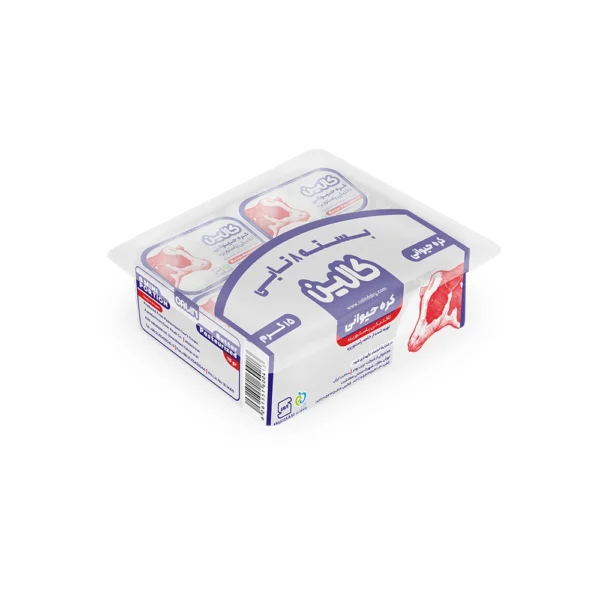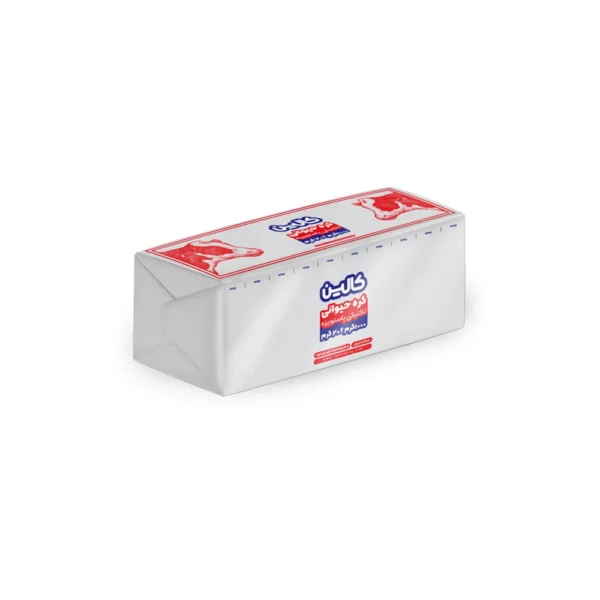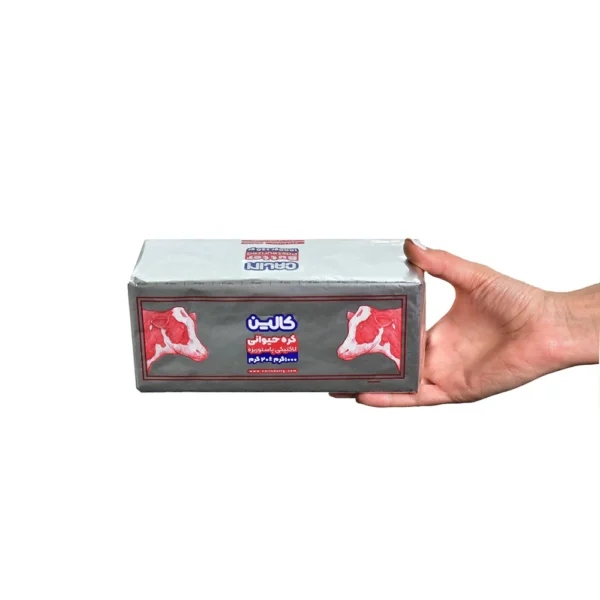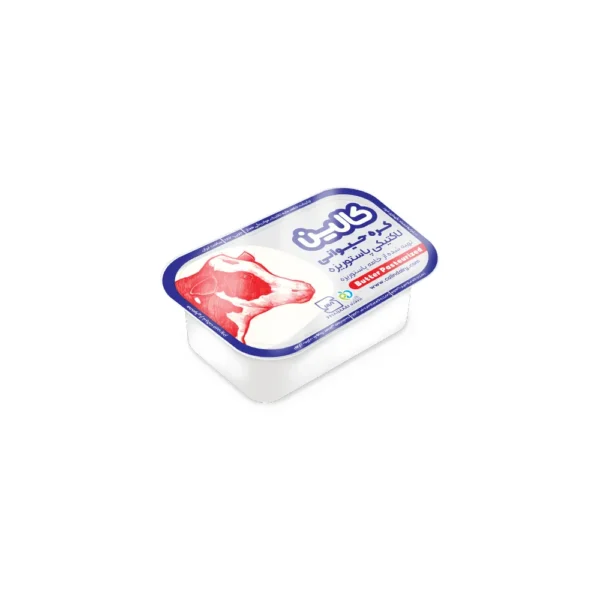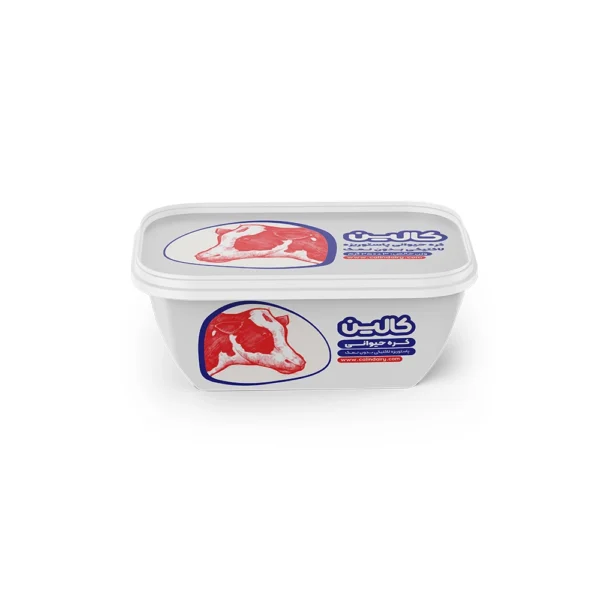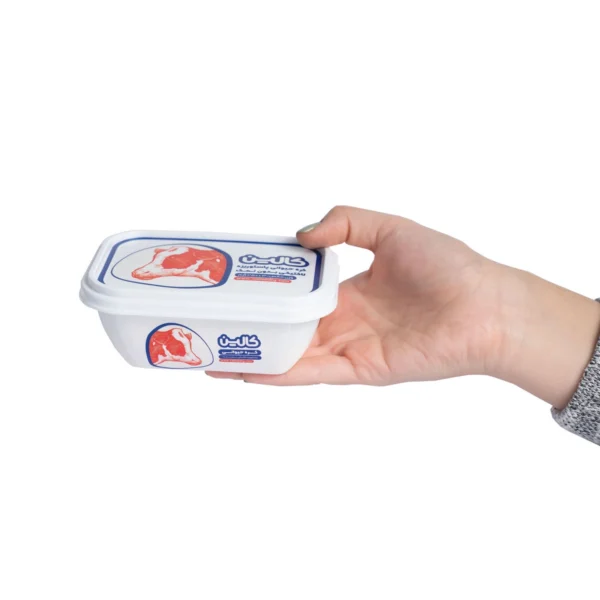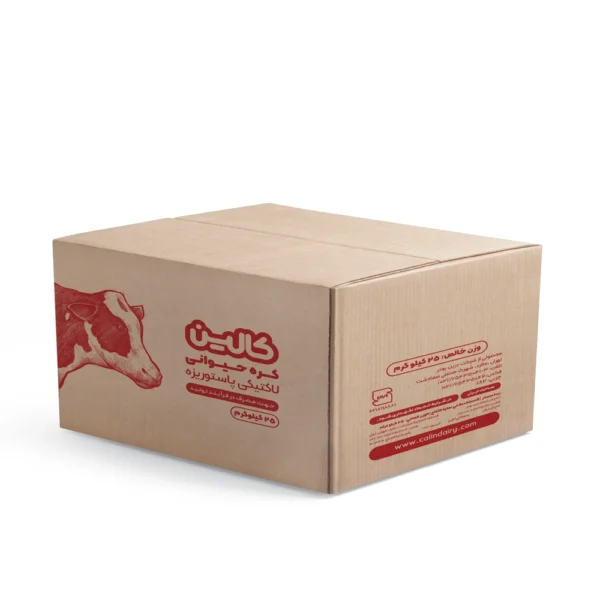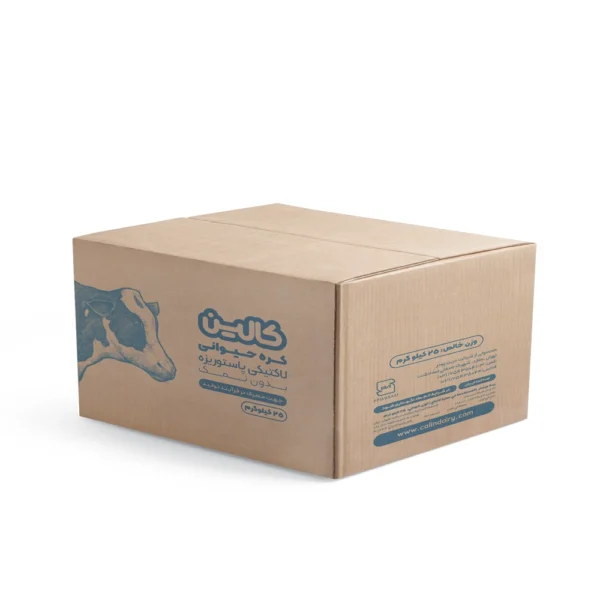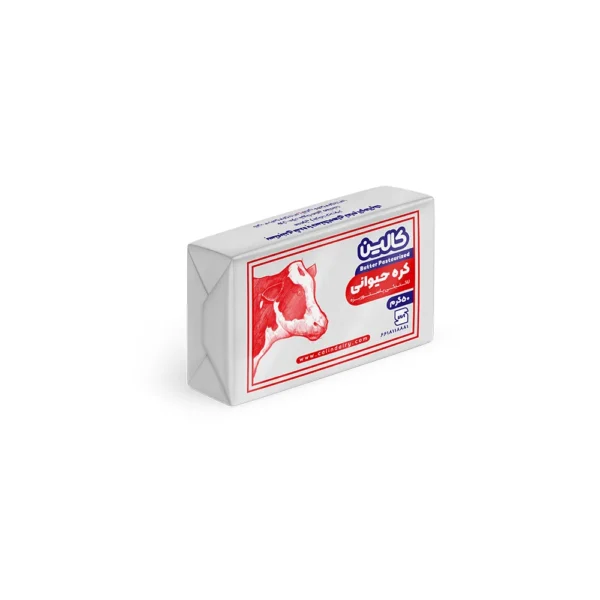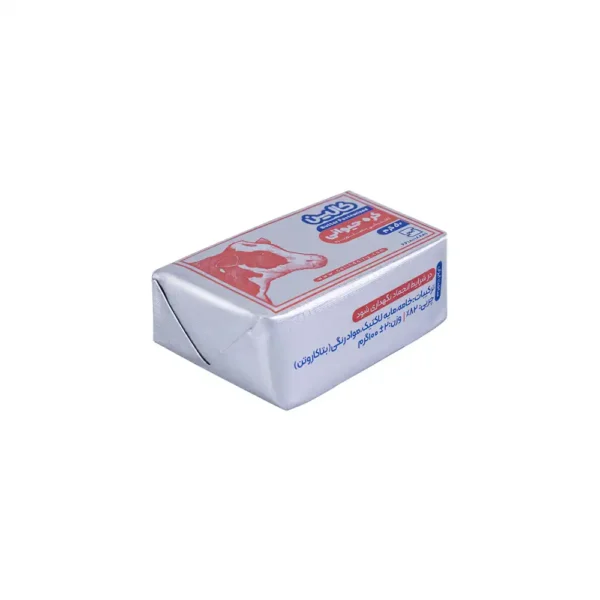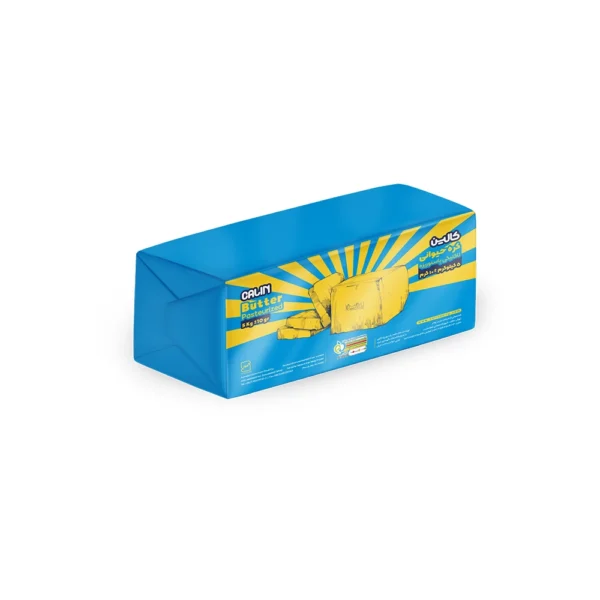Butter has been a beloved staple in kitchens around the world for centuries. It’s a versatile ingredient that enhances the flavor of many dishes, from breakfast spreads to baked goods and everything in between. The rich, creamy taste of butter not only adds a delicious element to food but is also a source of nutrition when consumed in moderation. Today, buying butter is a common item on the shopping list for households everywhere. With the rise of online shopping, it’s easier than ever to buy butter online. But with so many different brands and types of butter available, how do you know which one is right for you? What should you look for when choosing the best butter? In this article, we’ll dive into everything you need to know about butter, how to identify high-quality butter, and how to easily purchase butter online.
What is Butter?
Butter is a semi-solid dairy product primarily made from cream, which is usually derived from cow’s milk, though it can also come from other animals such as goats, sheep, and buffalo. Butter is made by churning cream to separate the fat from the buttermilk. The resulting product is a rich, creamy substance that is almost entirely made up of fats. Butter typically contains around 80% fat, with the remaining portion consisting of water and milk solids.
Butter is used in a wide range of culinary applications, from spreading on toast and pancakes to being an essential ingredient in cooking and baking. It plays a key role in enhancing the flavor and texture of foods, making it an indispensable part of many recipes. In addition to its use as a cooking fat, butter is also enjoyed on its own as a delicious spread for bread, crackers, and various baked goods.
Although butter has been a staple in kitchens for thousands of years, its production methods and uses have evolved over time. Historically, butter was often salted to help preserve it, especially during transport. Today, refrigeration and modern preservation methods have made the use of salt less necessary for keeping butter fresh. However, some butters still contain salt, which is primarily added for flavor rather than preservation.
The Benefits of Butter
Butter is often thought of as a high-calorie indulgence, but when consumed in moderation, it can be a beneficial part of your diet. Butter is a natural source of vitamins, including vitamin A, which is essential for eye health, immune function, and skin health. It also contains small amounts of vitamins D, E, and K2. In addition to vitamins, butter is rich in butyrate, a short-chain fatty acid that has been linked to anti-inflammatory effects and improved gut health.
Butter also provides a rich source of fatty acids that can be used by the body for energy. The fat in butter is primarily saturated fat, but it’s worth noting that not all saturated fats are created equal. The saturated fat found in butter, especially from grass-fed cows, is considered to have a more favorable effect on the body compared to other sources of saturated fat. It’s important, however, to consume butter in moderation as part of a balanced diet.
How to Choose High-Quality Butter
When shopping for butter, it’s important to select a product that is both high in quality and made from natural ingredients. Here are some key factors to consider when choosing butter:
1. Ingredients
The best butter is made from simple ingredients: cream and, in some cases, salt. Avoid butter products that contain additives or artificial flavorings. High-quality butter is typically made from pure cream, without the inclusion of any harmful chemicals or preservatives. When buying butter, check the ingredients list to ensure that it contains only the essentials.
2. Fat Content
Butter’s main component is fat, so it’s important to check the fat content when choosing a butter product. The higher the fat content, the creamier and richer the butter will be. Most butter contains around 80% fat, but some premium butters may have slightly higher fat content, which makes them richer and more flavorful. Make sure to select butter with a fat content that suits your needs.
3. Quality of the Cream
The quality of the cream used to make butter plays a crucial role in determining its flavor and texture. Butter made from high-quality cream, such as that derived from grass-fed cows, is often richer and has a more complex flavor profile. Grass-fed butter is also known for having higher levels of omega-3 fatty acids and vitamin K2, which are beneficial for health.
4. Melting Characteristics
A simple test to check the quality of butter is to heat it. Take a small piece of butter and melt it in a pan. If the butter melts quickly and evenly, this is a sign of good quality. Additionally, if the butter forms a white foam as it melts, this is the buttermilk or milk solids, which indicates that the butter is pure and high-quality. On the other hand, if the butter melts unevenly or forms clumps, it may be of lower quality.
5. Room Temperature Softness
Good quality butter should soften at room temperature, making it easy to spread on bread or toast. If the butter remains hard even at room temperature, it may contain additives or impurities that affect its quality. Quality butter should have a smooth texture and be easy to spread without being too firm.
Calin butter is an excellent example of high-quality butter. It meets all the criteria for good butter: it’s made from pure cream, has a rich and delicious flavor, and melts smoothly and evenly. Whether you’re using it for cooking, baking, or spreading on toast, Calin butter will enhance the flavor and aroma of your dishes.
Animal Butter vs. Margarine: What’s the Difference?
One of the most common questions consumers have is about the difference between animal butter and margarine. While butter is made from animal fat, usually from cows’ cream, margarine is made from vegetable oils like soybean, olive, corn, palm, or canola oil. Butter has been around for centuries, while margarine was created in the 19th century as a substitute for butter.
Margarine is often promoted as a healthier alternative because it contains less saturated fat compared to butter. However, margarine is typically more processed and may contain trans fats, which are considered unhealthy. On the other hand, butter, especially when made from high-quality cream, is less processed and has a richer, creamier texture.
While margarine can be a good alternative for those seeking to reduce their intake of saturated fat, butter is often considered the better option when it comes to taste, texture, and natural ingredients.
Butter Price and Buying Butter Online
The price of butter can vary depending on factors such as weight, brand, and quality. Premium butter may cost more than generic brands, but it is often worth the extra expense for the superior flavor and texture. If you’re looking to buy butter by the kilogram or gram, check out online retailers like Calin for competitive prices and high-quality options.
With the rise of online shopping, buying butter online has never been easier. Many people prefer to shop online for convenience and to avoid crowded grocery stores. Calin offers a hassle-free online shopping experience, allowing you to browse through their selection of butter products and have them delivered straight to your door. You can also order other dairy products such as cheese or cream from Calin’s online store and enjoy premium products delivered to your home.
Frequently Asked Questions About Buying Butter Online
1. What is the best way to store butter?
Butter should be stored in a cool place, ideally in the refrigerator, to maintain its freshness. If you use butter frequently, you can keep a small portion at room temperature for easy spreading. Make sure to wrap the butter tightly or store it in an airtight container to prevent it from absorbing odors from other foods.
2. Can I buy butter online?
Yes, you can easily buy butter online from various retailers, including specialty stores like Calin. Shopping online offers the convenience of browsing through a wide selection of butter brands, reading reviews, and having it delivered straight to your doorstep.
3. What should I look for when buying butter online?
When purchasing butter online, pay attention to the ingredients (look for pure cream with minimal additives), fat content (higher fat butter is often richer and more flavorful), and reviews from other customers. Make sure to choose a reputable brand known for its quality, like Calin butter, to ensure you’re getting a high-quality product.
4. Is there a difference between salted and unsalted butter?
Yes, salted butter has added salt, which enhances the flavor and can help preserve it for longer. Unsalted butter, on the other hand, has no added salt, making it a better option for baking, as you can control the amount of salt in your recipe. Choose the type based on your needs, but both salted and unsalted butter can be used interchangeably in most recipes.
5. What is the difference between butter and margarine?
Butter is made from cream and is a natural dairy product, while margarine is made from vegetable oils and is a processed product. Butter has a richer flavor and texture, while margarine is often lower in saturated fat but may contain unhealthy trans fats. Many people prefer butter for its taste and natural ingredients.
6. Is butter healthy to consume?
In moderation, butter can be part of a healthy diet. It is rich in vitamins A, D, and E and contains healthy fats, especially if it’s made from grass-fed cream. However, due to its high-fat content, it’s best to consume butter in moderation as part of a balanced diet. Always choose high-quality butter for the most nutritional benefits.
7. How can I tell if butter is fresh?
Fresh butter should have a smooth texture, a creamy color, and a mild, slightly sweet aroma. If butter has a sour smell, is discolored, or has developed an off flavor, it may have gone bad. Check the expiration date on the packaging and store it properly in the fridge to keep it fresh for longer.
8. What is grass-fed butter, and why is it better?
Grass-fed butter is made from the milk of cows that are primarily fed grass, as opposed to grain-fed cows. Grass-fed butter is known for its richer flavor and higher levels of beneficial nutrients, such as omega-3 fatty acids and vitamin K2. Many health-conscious consumers prefer grass-fed butter for its superior nutritional profile.
9. Can I use butter for baking?
Yes, butter is an essential ingredient in baking, adding moisture, flavor, and texture to a wide range of baked goods like cakes, cookies, and pastries. Butter also helps to create a tender crumb in cakes and cookies, making it a key ingredient in many recipes. Make sure to use unsalted butter if you need to control the amount of salt in your baking recipes.
10. Can I buy butter in bulk?
Yes, many online retailers, including Calin, offer bulk purchasing options for butter. Buying butter in bulk can be cost-effective, especially if you use butter frequently. It’s important to store bulk butter properly to maintain its freshness, especially if you won’t be using it all at once.






